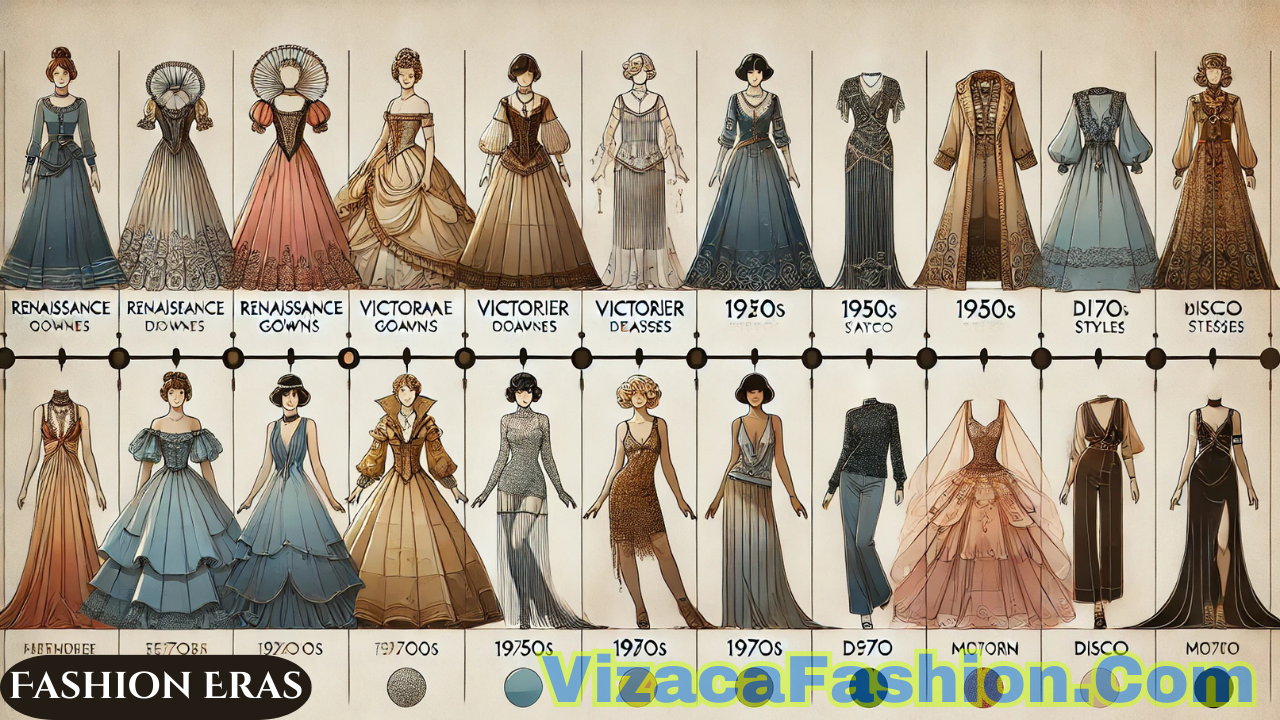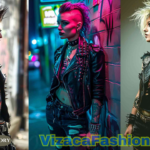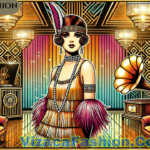Fashion has always been a reflection of culture, society, and individuality, evolving across centuries to define and redefine human expression. From the regal elegance of historical fashion eras to the transformative trends of the 20th century, each period has left an indelible mark on the sartorial landscape. This article explores different fashion eras, shedding light on how they influenced the world of style and how these influences remain relevant today.
The Renaissance Era (14th to 17th Century)
The Renaissance, often heralded as a time of rebirth and cultural awakening, also revolutionized fashion. This period was characterized by opulence and grandeur, with clothing that reflected wealth and status. Men wore doublets and breeches, while women adorned themselves in corseted gowns with voluminous skirts.
Fabrics like silk, velvet, and brocade were popular, often embellished with intricate embroidery and jewels. This era emphasized a tailored silhouette and introduced accessories such as hats and gloves, which became symbols of sophistication.
The Victorian Era (1837–1901)
The Victorian era, named after Queen Victoria, was marked by modesty and decorum. Fashion during this time was heavily influenced by social norms, with women’s clothing designed to reflect purity and restraint.
Women wore gowns with high necklines, long sleeves, and tightly cinched waists, often achieved through corsets. Crinolines and bustles were added to emphasize a dramatic hourglass figure. Men’s fashion included tailored suits, waistcoats, and top hats, creating a sharp and polished appearance.
This era also saw the rise of ready-to-wear clothing and the use of sewing machines, which made fashionable garments more accessible to the middle class.
The Roaring Twenties (1920s)
The 1920s was a revolutionary decade for fashion, breaking away from the restrictive styles of previous eras. Women embraced shorter hemlines, flapper dresses, and bobbed hairstyles. This era celebrated freedom and individuality, with a focus on youthful exuberance.
Art Deco patterns, sequins, and fringe dominated evening wear, while daywear featured simpler silhouettes. Men’s fashion saw the rise of casual styles, with looser-fitting suits and sportswear becoming popular.
The 1920s laid the foundation for modern fashion, emphasizing comfort and practicality without compromising on style.
The Golden Age of Hollywood (1930s–1940s)
The influence of cinema during the 1930s and 1940s brought glamour to everyday fashion. Women drew inspiration from Hollywood stars, wearing elegant gowns, tailored suits, and fur stoles. Bias-cut dresses, which accentuated natural curves, became a hallmark of this era.
During World War II, practicality influenced fashion, leading to the popularity of utilitarian styles. Women’s clothing often featured padded shoulders and A-line skirts, while men’s fashion adopted a more austere and functional approach.
The Post-War Era (1950s)
The 1950s marked a return to traditional gender roles and a celebration of femininity. Women’s fashion embraced full skirts, fitted bodices, and hourglass silhouettes, epitomized by designers like Christian Dior with his “New Look.”
Men’s fashion focused on sharp tailoring, with slim-fit suits and ties. Casual wear also gained popularity, with leather jackets, jeans, and white T-shirts becoming symbols of rebellion and youth culture.
This era also saw the rise of iconic accessories like cat-eye sunglasses and pearl necklaces, which remain timeless classics.
The Swinging Sixties (1960s)
The 1960s was a decade of bold experimentation and cultural revolution. Fashion reflected the social changes of the time, with the rise of mod styles, mini skirts, and psychedelic prints.
Designers like Mary Quant popularized the mini skirt, while Twiggy became a style icon with her androgynous look. Men’s fashion embraced colorful suits, turtlenecks, and paisley patterns, reflecting the vibrancy of the era.
The counterculture movement also influenced fashion, with hippie styles featuring fringe, tie-dye, and flowing fabrics becoming popular towards the end of the decade.
The Disco Era (1970s)
The 1970s was a time of eclectic fashion, drawing inspiration from various subcultures. Disco fashion dominated the decade, with sequins, metallic fabrics, and platform shoes becoming staples of the dance floor.
Bell-bottom pants, jumpsuits, and wrap dresses were popular, reflecting a mix of glamour and practicality. Men’s fashion also embraced bold patterns, wide lapels, and flared trousers.
The 1970s celebrated individuality and self-expression, setting the stage for the diverse fashion trends of the future.
The Power Dressing of the 1980s
The 1980s was an era of excess, with fashion reflecting the rise of consumerism and corporate culture. Power dressing became a dominant trend, with women wearing shoulder pads, bold colors, and tailored suits to project authority and confidence.
Casual wear also saw significant innovation, with the popularity of athletic brands like Nike and Adidas. Denim, leather jackets, and graphic tees became iconic symbols of youth culture.
This era also witnessed the rise of pop culture influences, with music icons like Madonna and Michael Jackson shaping fashion trends.
Minimalism and Grunge (1990s)
The 1990s embraced a more subdued aesthetic, with minimalism and grunge dominating the fashion scene. Designers like Calvin Klein and Helmut Lang championed clean lines, neutral colors, and simple silhouettes.
Grunge, on the other hand, was a rebellion against polished styles, characterized by flannel shirts, ripped jeans, and combat boots. Bands like Nirvana popularized this trend, which resonated with the youth of the time.
The 1990s also saw the rise of supermodels like Naomi Campbell and Cindy Crawford, who brought glamour to the runway.
The Y2K Era and Beyond (2000s to Present)
The early 2000s was defined by futuristic and playful styles, with low-rise jeans, crop tops, and metallic fabrics dominating the fashion landscape. The influence of technology and pop culture was evident, with logos and branded clothing becoming highly coveted.
As fashion moved into the 2010s and beyond, sustainability and inclusivity became major focus areas. The blending of vintage and contemporary styles, along with the rise of streetwear and athleisure, has created a diverse and dynamic fashion scene.
Conclusion
From the ornate designs of historical fashion eras to the transformative trends of the 20th century, each period has shaped the way we view and wear clothing. Understanding different fashion eras not only offers a glimpse into the past but also provides inspiration for the future of style. As we continue to evolve, fashion remains a powerful tool for self-expression and a reflection of the ever-changing world.


